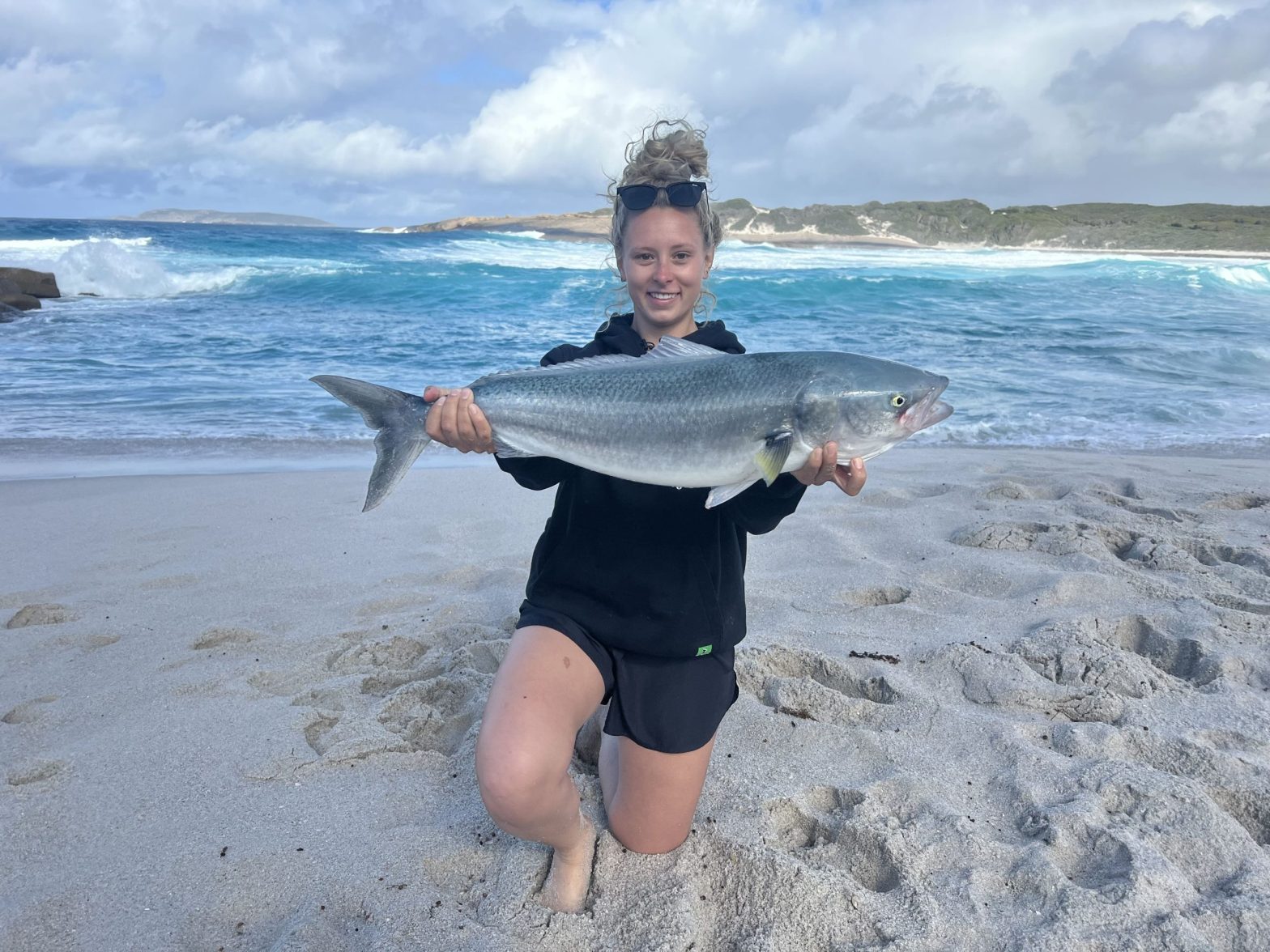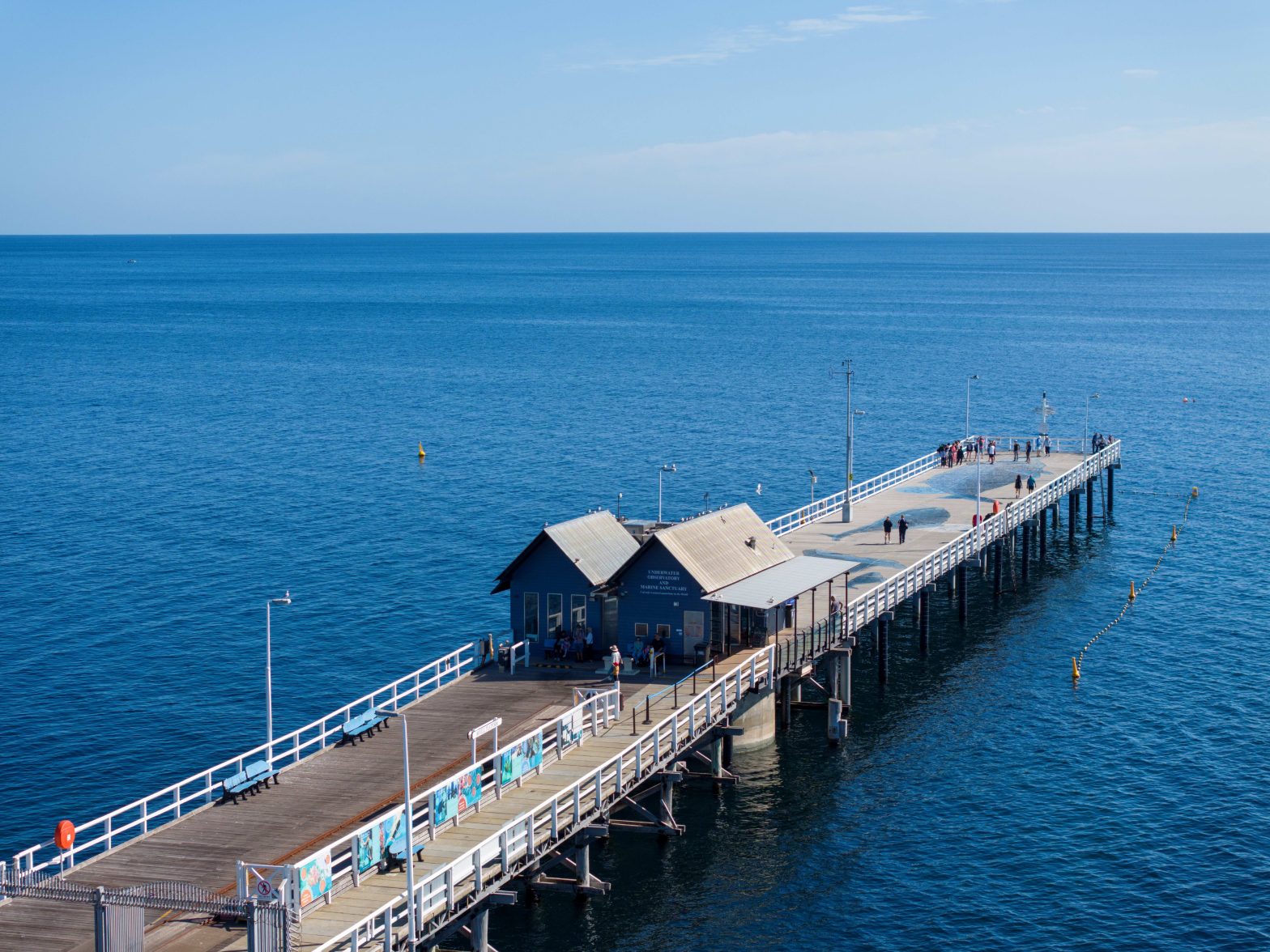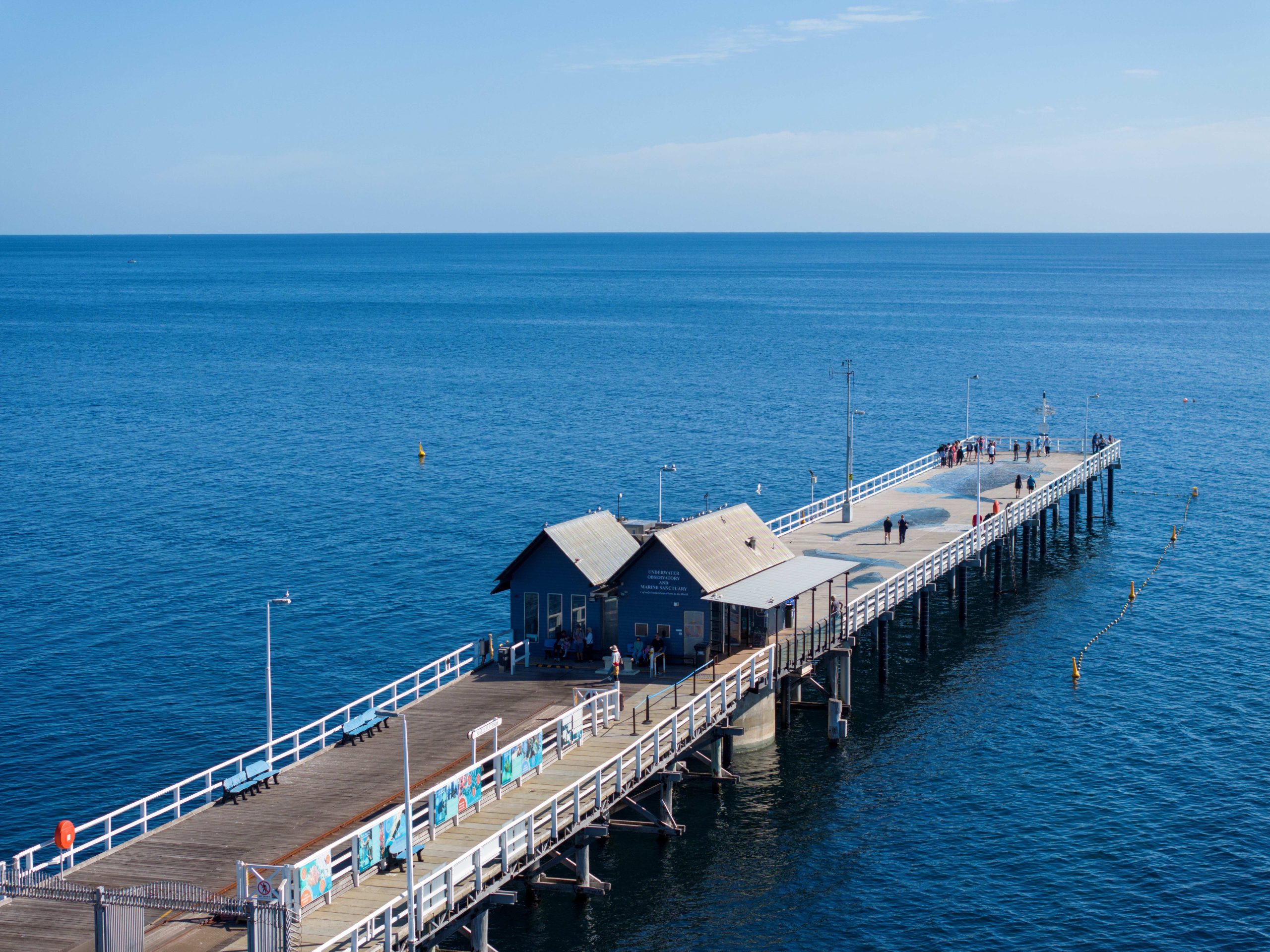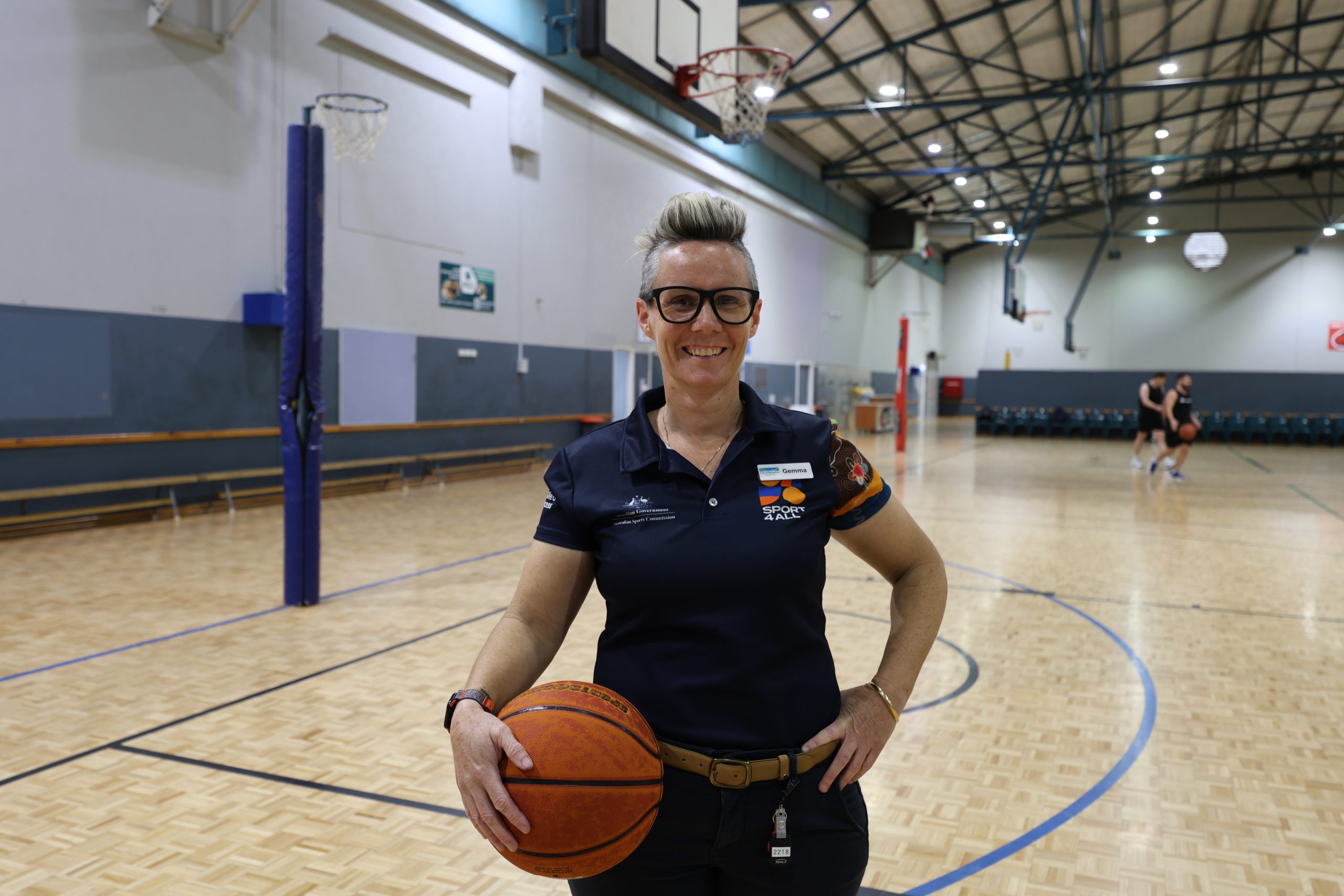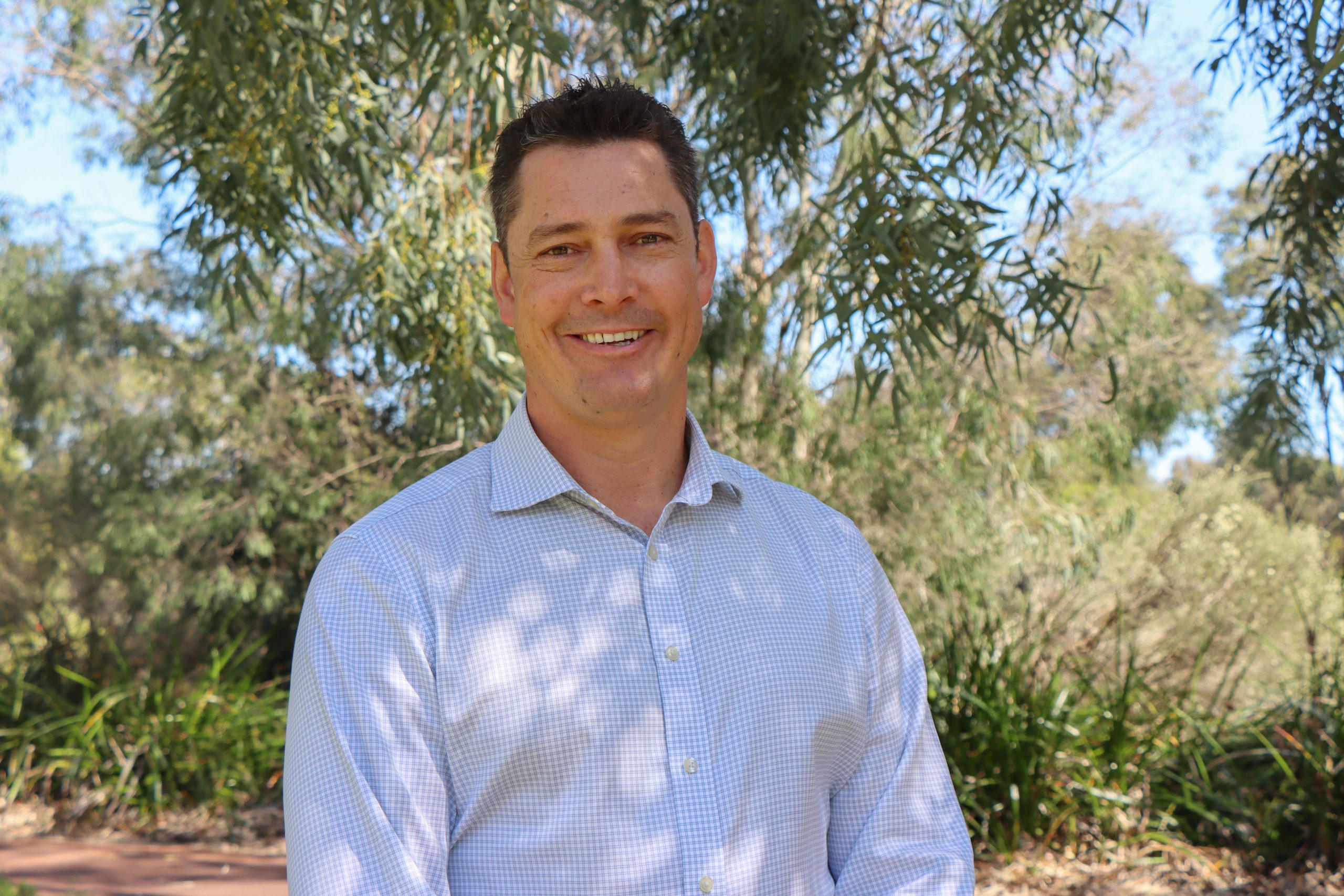Salmon stocks at their best
There’s cause for celebration among recreational fishers, as the latest study shows South West salmon are on average bigger, more abundant and more resistant to environmental change than they have been in decades.
The Department of Primary Industries and Regional Development conducts regular scientific stock assessments of WA’s fish. The most recent one showed salmon are older, larger and around in much higher numbers now than they were 10 to 15 years ago, which the study attributed to a reduction in commercial fishing pressure over many years.
“During the 1990s when commercial catch was regularly above 2,000 tonnes, age structure was dominated by four-year-old fish recruiting into the fishery. The maximum age of fish recorded in the years during this period was nine years,” the study reads.
“Since 2012, when commercial catches were less than 300 tonnes, the model ages ranged from four to six, and the relative abundances of older age classes increased, with a maximum age of 11 years recorded on multiple occasions.”
Recfishwest CEO Dr Andrew Rowland said the study showing older, more plentiful fish stock is good news for of thousands of fishers who flock to the southern and South-West coastline every autumn to fish for the iconic southern species.
“The science confirms what anglers have been seeing in recent seasons with larger average fish coming through in catches and 90cm-plus fish to near ‘metreys’ being caught on a regular basis – which was unheard of just a few years ago,” he said.

“Put simply, older fish equals bigger fish and better fishing. This together with high abundance makes our WA salmon fishery the envy of anglers across Australia,”
“This is a management success story. We have abundant stocks that are continuing to flourish, full of large adult fish, well prepared for a changing climate and a fishery that is enjoyed by a cast of thousands creating more than $330 million of economic activity annually throughout the southern coastal regions of WA.
“We will continue to do whatever we can to ensure the future of this great fishery.”
The study also highlighted that an older, more healthy population of salmon results in a stock that is more resilient to environmental change, such as Indian Ocean Dipole and El Nino events, which can affect currents up the west coast.
The researchers gave the species an at risk score which has them at a low risk of depletion.
This score assumes the total catch will be maintained at near current levels, however a moderate increase in catch is possible whilst still maintaining a risk level of medium or less.

